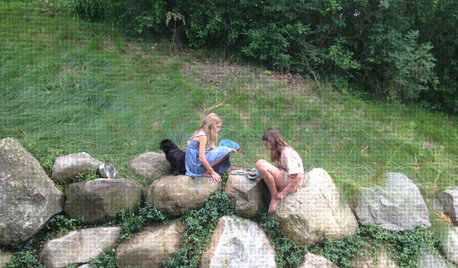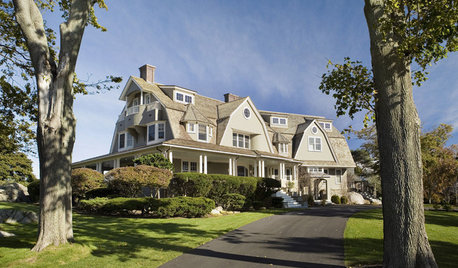nut grass/nut sedge help?
red_sea_me
17 years ago
Featured Answer
Sort by:Oldest
Comments (30)
Organic_johnny
17 years agored_sea_me
17 years agoRelated Professionals
Hyattsville Landscape Architects & Landscape Designers · Williamsburg Landscape Contractors · Cornelius Landscape Contractors · Damascus Landscape Contractors · Eureka Landscape Contractors · Gallatin Landscape Contractors · Mequon Landscape Contractors · Painesville Landscape Contractors · Roswell Landscape Contractors · Soddy Daisy Landscape Contractors · Wickliffe Landscape Contractors · Elkridge Decks, Patios & Outdoor Enclosures · Alexandria Decks, Patios & Outdoor Enclosures · Marlboro Decks, Patios & Outdoor Enclosures · Redlands Decks, Patios & Outdoor EnclosuresOrganic_johnny
17 years agoDibbit
17 years agogardenlen
17 years agoKimmsr
17 years agored_sea_me
17 years agotrancegemini_wa
17 years agoKimmsr
17 years agoHeathen1
17 years agodchall_san_antonio
17 years agofruitgirl
17 years agotreemanhouston
17 years agosharpshin
17 years agopls8xx
17 years agogardenlen
17 years agofertilizersalesman
17 years agodeejaaa
17 years agoKimmsr
17 years agored_sea_me
16 years agowoodite
15 years agonandina
15 years agojuliew026_netscape_net
14 years agorootdoctor
14 years agodchall_san_antonio
14 years agoshebear
14 years agoOcean6778
10 years agoFerti-Lawn
10 years agoFerti-Lawn
10 years ago
Related Stories

MOST POPULAR7 Ways to Design Your Kitchen to Help You Lose Weight
In his new book, Slim by Design, eating-behavior expert Brian Wansink shows us how to get our kitchens working better
Full Story
EARTH DAYHow to Help Your Town’s Beneficial Birds and Bugs
Make a habitat using local materials to provide a home to the creatures that help our gardens
Full Story
GARDENING GUIDES5 Great Grasses for a New Lawn
Learn about maintenance, wear tolerance, ideal climate and more for these top turf choices to pick the right one for you
Full Story
LIFETurn Off the Video Games and Turn On Your Kid's Creativity
Going nuts planning summer activities? Kids overdosing on screen time? It may be time to foster more self-directed play
Full Story
EARTH DAYThe Case for Losing the Traditional Lawn
Work less, help the environment and foster connections by just saying no to typical turf
Full Story
GREENPalatable Palettes: Green Goodness for Bedrooms
As ripe as a summer garden, green shades and tones help bedrooms show off their freshest face
Full Story
PETSHouzz Call: Show Us Your Summer-Loving Dog!
Share a photo of your pooch kicking back in the backyard, helping you in the workshop or enjoying your favorite summer getaway
Full Story
EARTH DAYGrow a Beautiful Garden With Ecofriendly Greywater
Reducing home water waste means lower bills and a healthier planet. Here's how to set up a greywater home irrigation system that can help
Full Story
DECORATING GUIDESHow to Choose an Awesome Area Rug No Matter What Your Space
High use, a low door, kids and pets running amok — whatever your area endures, this insight will help you find the right rug for it
Full Story
LIFEA Quick Downsizing Quiz for the Undecided
On the fence about downsizing? We help you decide whether that fencing should encircle a mansion or a mini trailer
Full Story







gardenlen